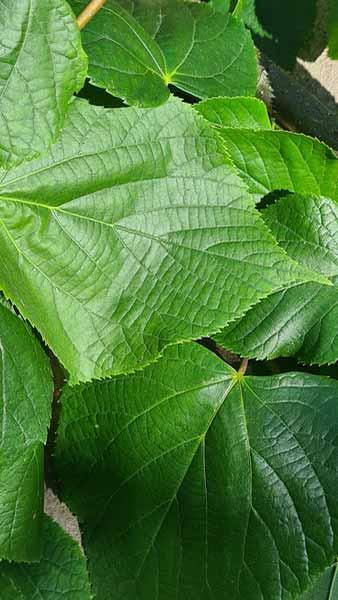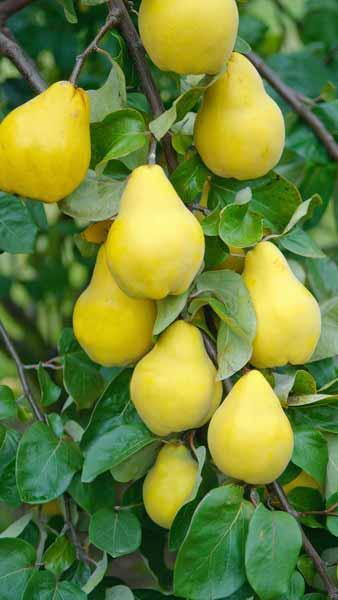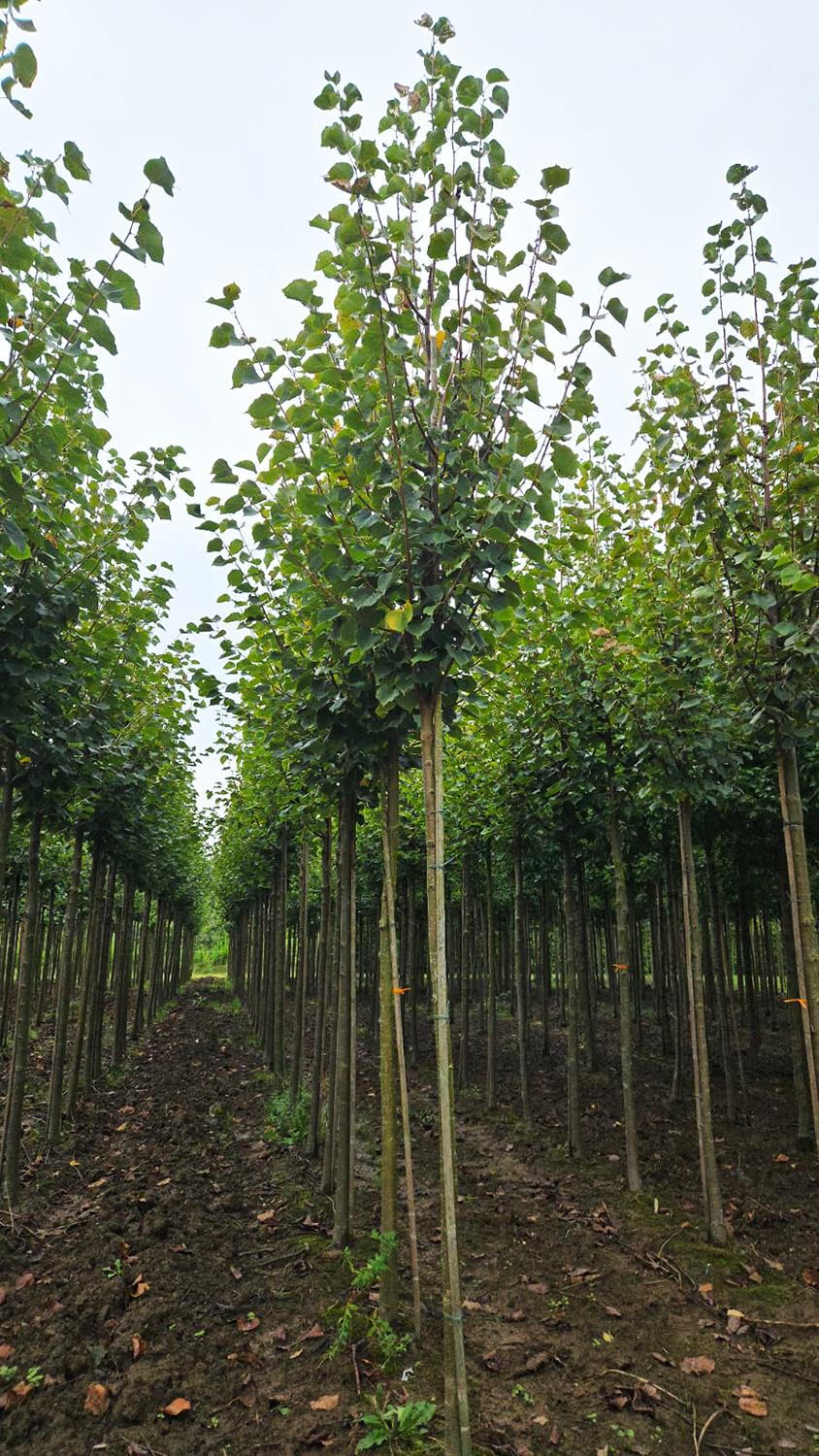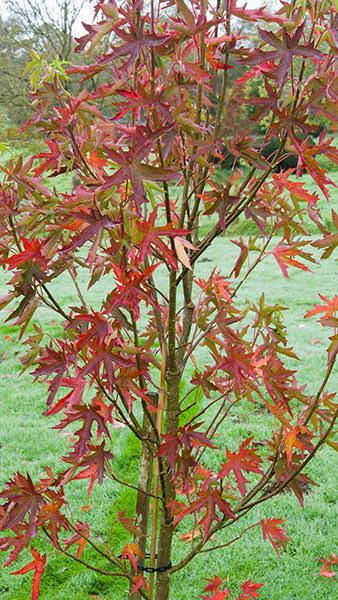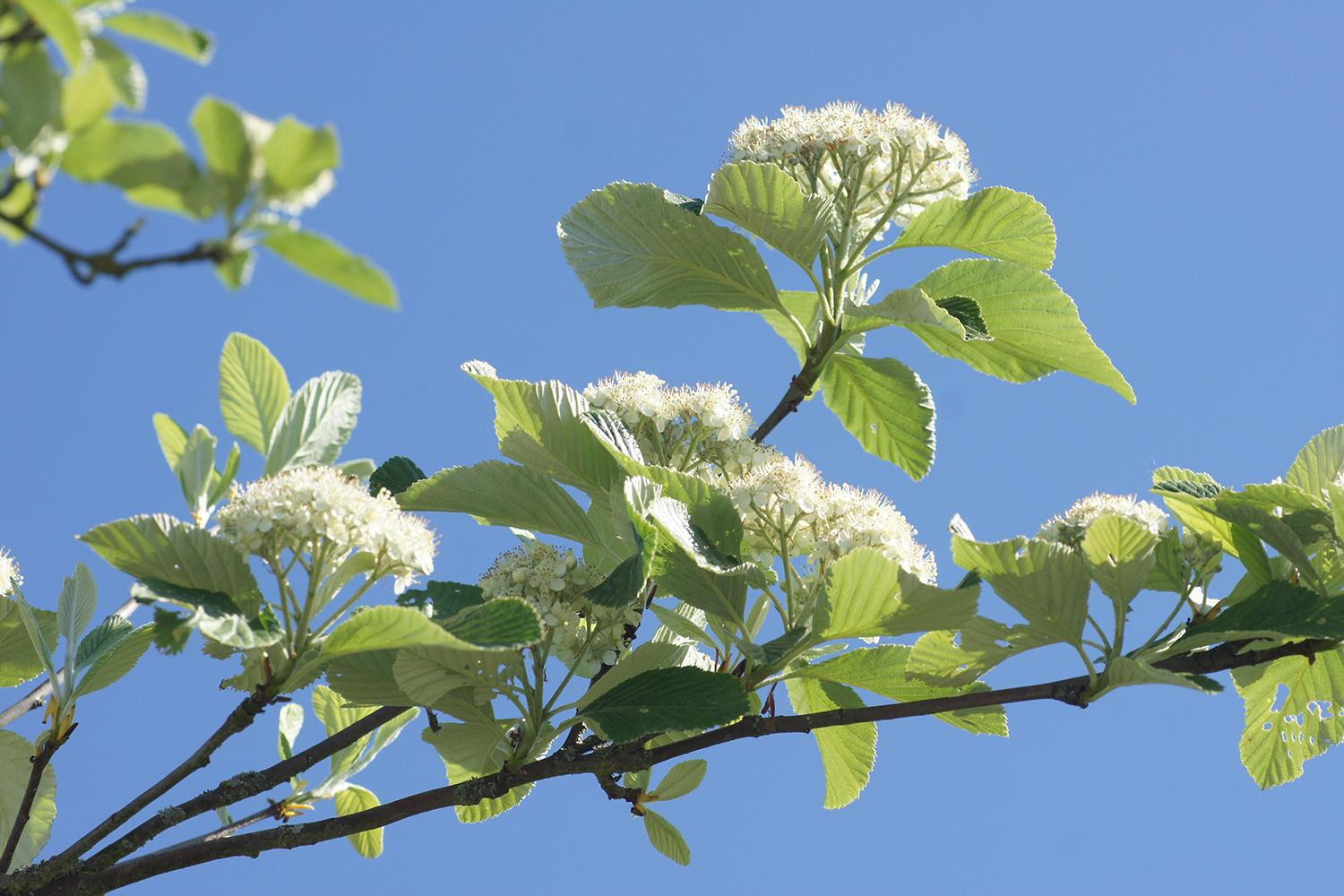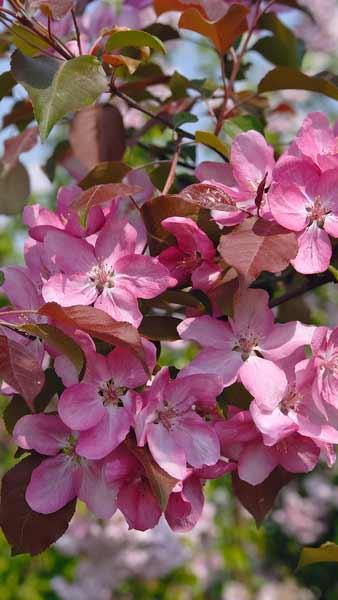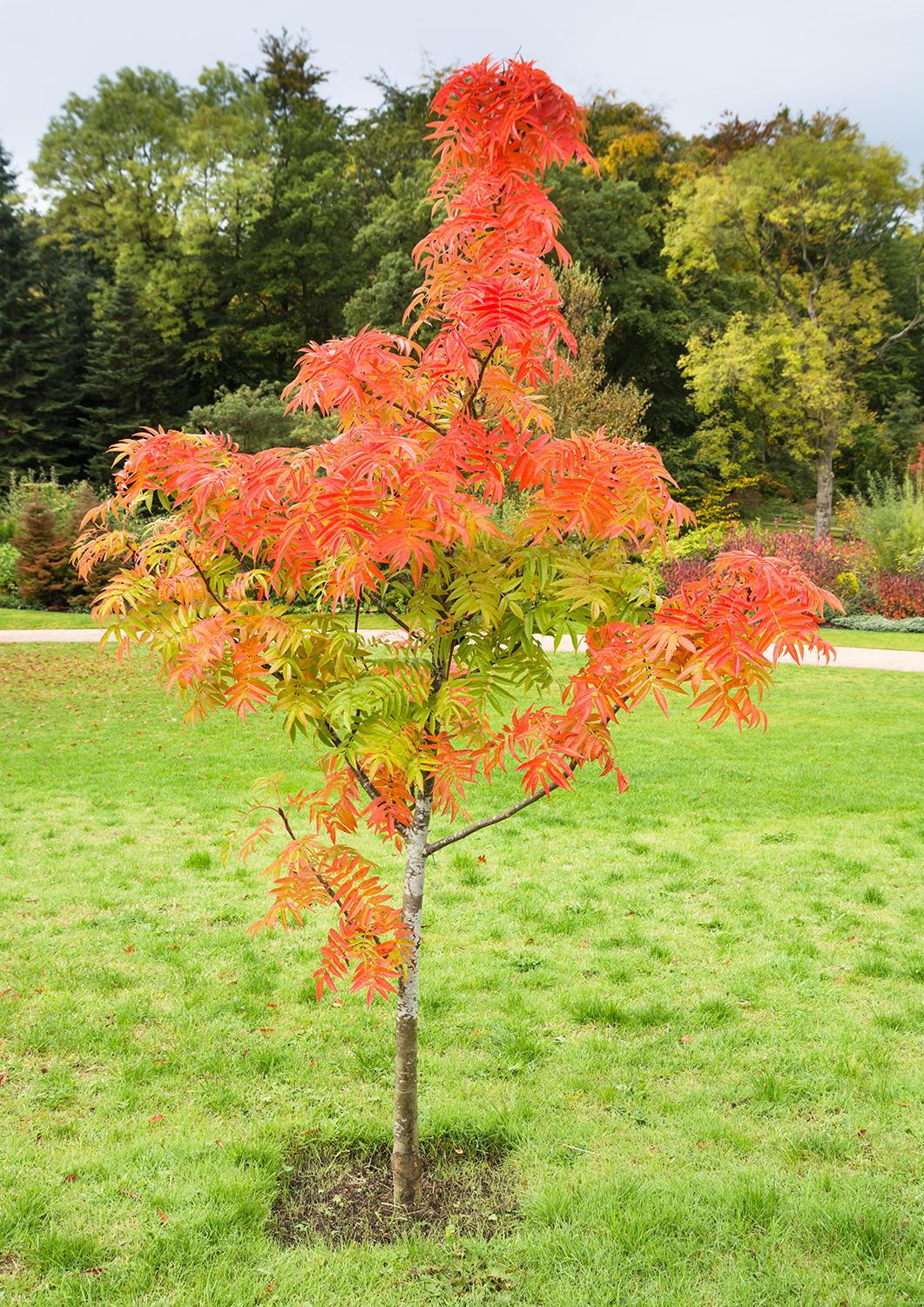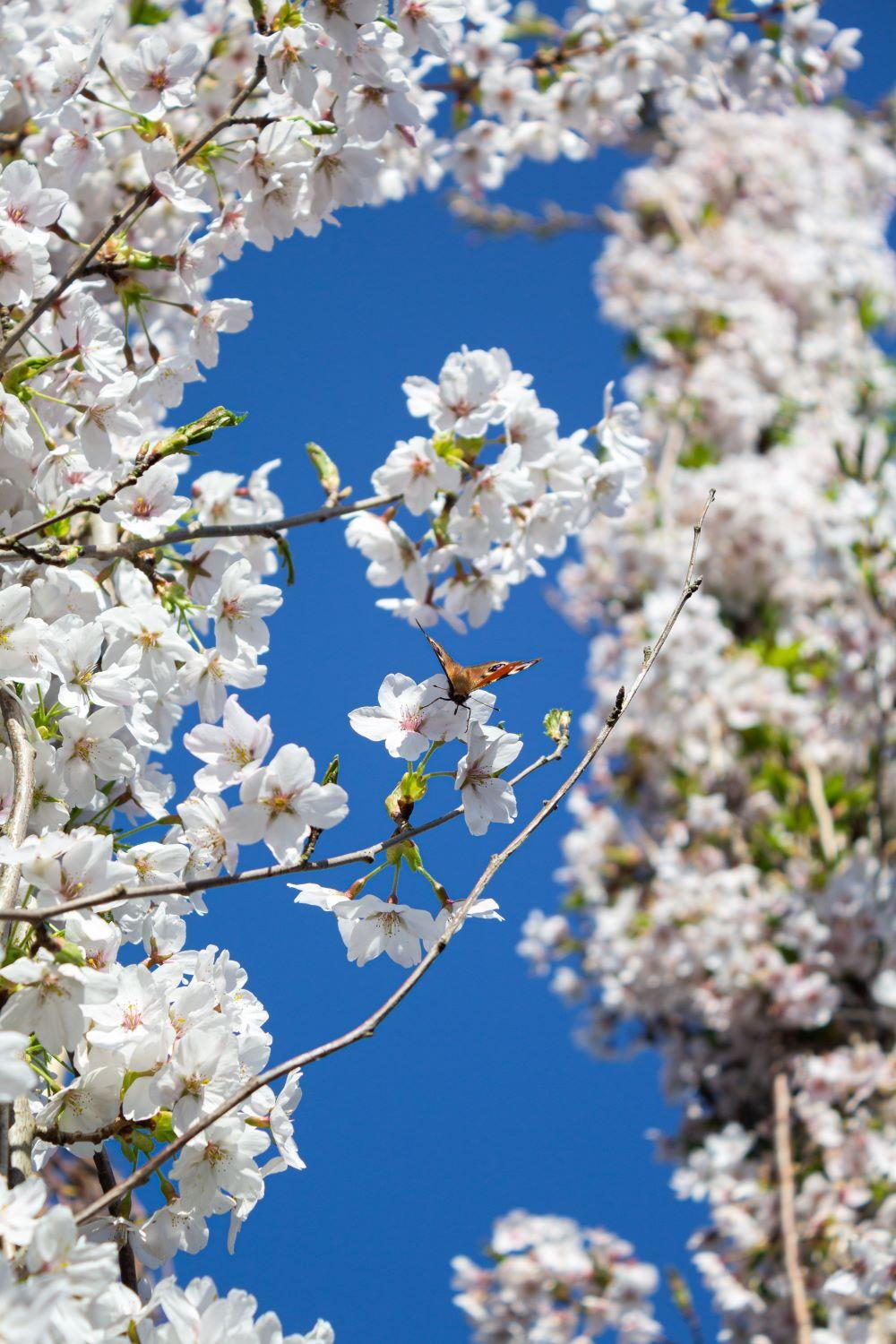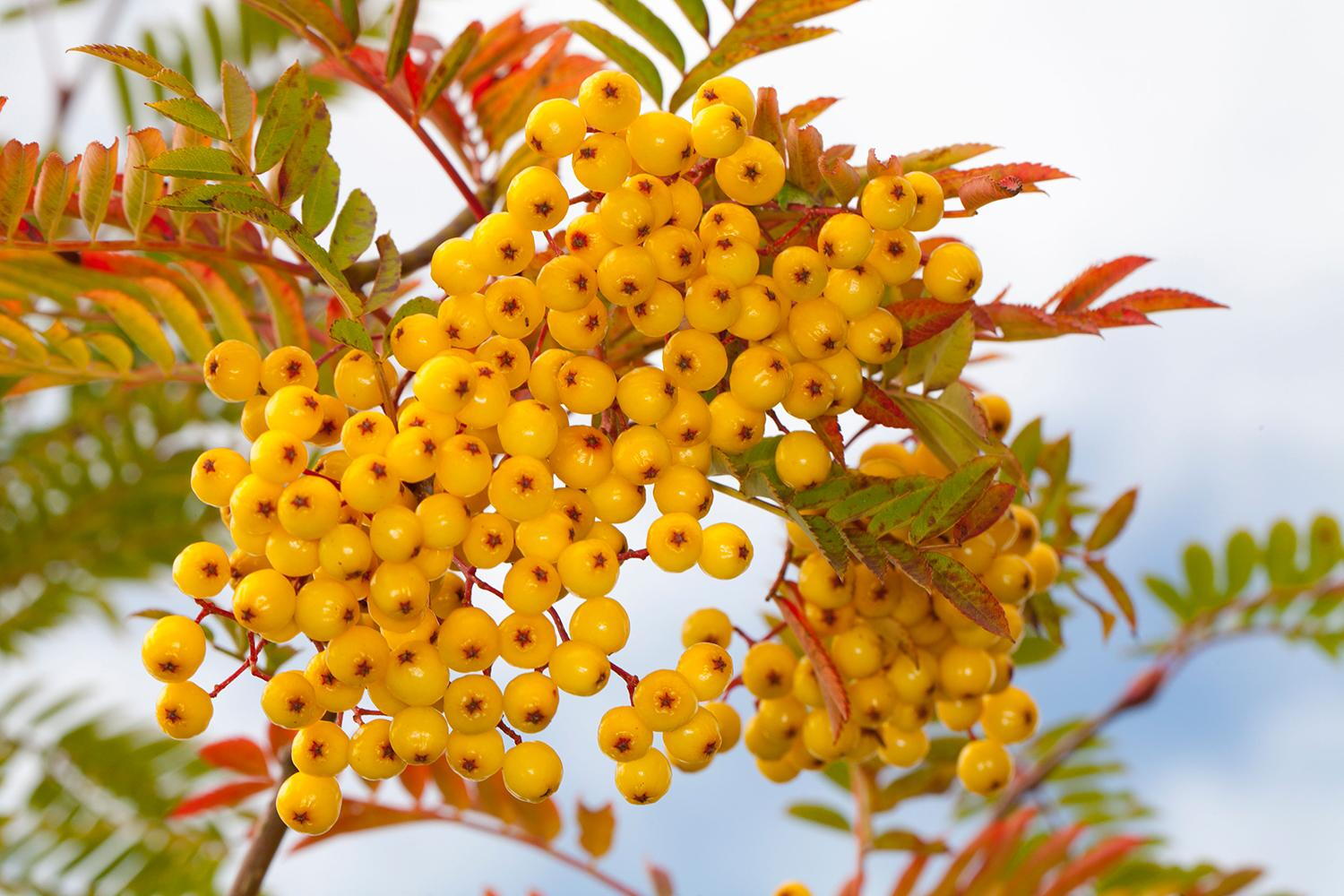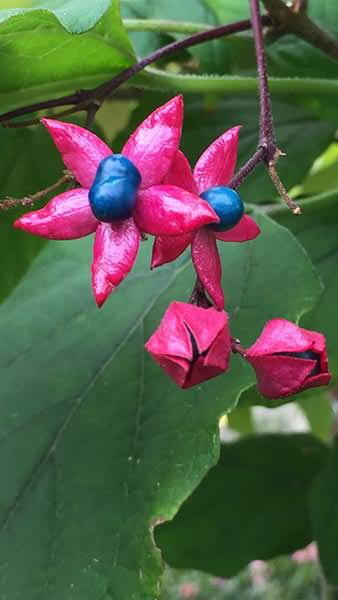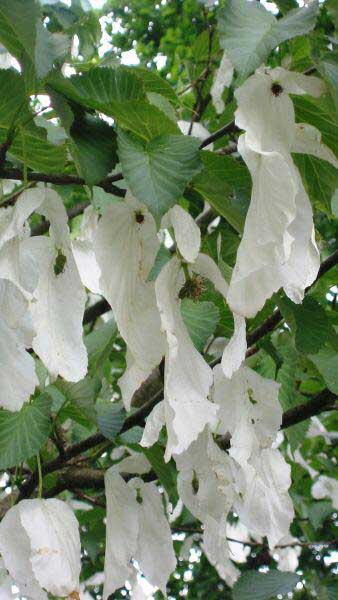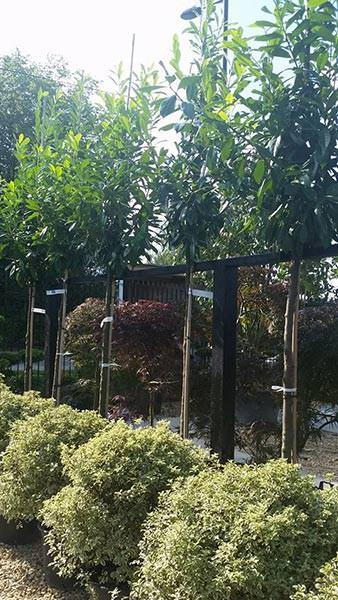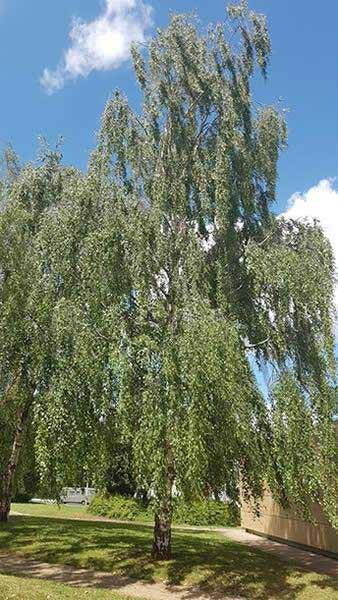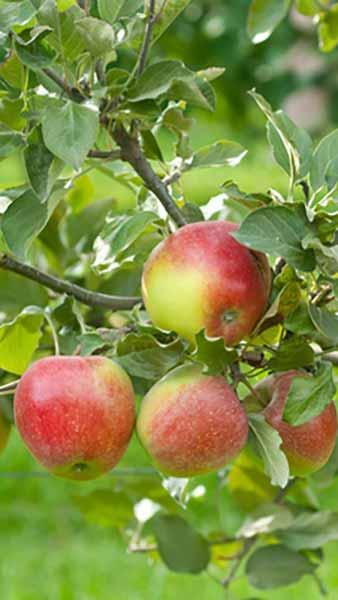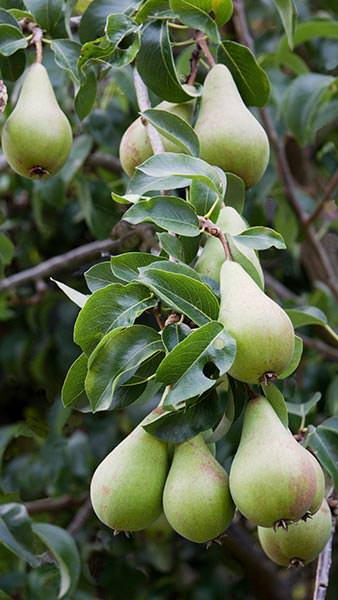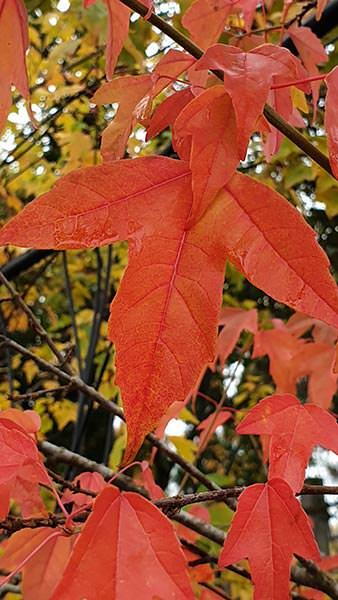Pyrus Communis Maagdenpeer Maagden Pear Trees for Sale UK
Pyrus Communis Maagdenpeer, to give it its full botanical name, is an old heritage pear variety, believed to originate from the Netherlands. This medium-sized deciduous tree bears juicy, sweet edible pears. The fruit is ready for the harvest in September to October. It can be eaten raw, used to prepare compotes and preserves, or for cooking.During April, this conical tree is engulfed in masses of white, 5-petalled blossoms, borne in clusters. The flowers have a mild scent, and are followed by medium-sized, greenish-brown fruit with grey spots. The pear fruits are firm, juicy and have a sweet flavour. The foliage of Maagden Pear is narrowly ovate, leathery and dark green until the autumn, when it turns to beautiful shades of warm orange and red.Height and Spread of Pyrus Communis MaagdenpeerThe expected height of this pear cultivar is 4 metres in 10 years making it suitable for smaller gardens.How Hardy Is Pyrus Communis MaagdenpeerFully hardy in the United Kingdom, Maagden Pear can survive even if the temperatures drop to 20 degrees below zero. Although frost hardy, this cultivar will appreciate a sheltered spot in the garden, away from cold winds.How To Use Pyrus Communis MaagdenpeerMaagdenpeer Pear is primarily grown for the regular crops of delicious pears it produces, but its decorative features should not be overlooked. Medium-sized, with multiple seasons of interest, this tree can be planted as a specimen tree in smaller gardens, where its spring blossoms and excellent autumn colour will add charm to the landscape.Since this is a self-sterile variety, it will require a pollination partner from the same group to bear fruit. Choose a pear variety that blooms at an approximately the same time, such as Beurre Clairgeau, Blood Peer, or Verdi. The Maagdenpeer fruit is both dessert and culinary. How To Care For Pyrus Communis MaagdenpeerEasy to grow and very adaptable, this deciduous pear tree will grow on any soil, including chalk and clay, as long as it is rich in nutrients and well-drained. For best results and reliable fruit production, choose a spot in full sun. Since Maagdenpeer Pear is suitable for all training forms, pruning method will depend on the shape of the tree. For standard trees, annual pruning will be more than enough to keep this cultivar in top shape.A rare, antique pear variety, Maagdenpeer will attract attention in any garden. Use it as a specimen tree, shade tree, or grow solely for the regular crops of delicious fruit.
